
Every year, thousands of college students in America embark on the ritualistic trip known as spring break, often migrating south to Florida and even into Mexico in search of things like sun, sex and parties.
In recent years, spring break has been maligned as nothing more than an excuse for students to indulge in depraved behaviour to the excess without the watchful eyes of their college or parents to restrain them. The image of bikini-clad girls soaked in Bud Light dancing in the middle of raucous pool parties has become the stereotypical image of spring break – a depiction that might be nearer the truth than many like to think.
And for the movie “Spring Breakers,” notoriously controversial director Harmony Korine has attempted to create the most complete film of spring break, living up to every debauched stereotype that goes with the event.
Not only does the film look to capture the essence of spring break, but it also exposes the darker side, turning the usually sensible into crazed party animals, in the most ludicrously tongue-in-cheek way possible.
Under Korine’s direction, the film indulges in the hyper sexualized and ultra-violent throughout.
The film’s extremely loose narrative centers around four college girls’ desire to escape their mundane lives where “everybody’s so miserable because they see the same things every day” and find “more than just spring break.”
With their trip funded by robbing a local restaurant, the girls venture to Florida to engage in some serious partying and heavy substance abuse. Predictably, the girls run into trouble when their illicit activates lead them to being arrested only to be bailed out by the barely recognizable James Franco, who plays a drug dealer and rapper.
With Alien (Franco) having ulterior motives for saving them, other than just being a nice guy, the girls’ spring break takes a turn for the worst.
The first irony of the movie is that the cast of college girls is made up of inoffensive Disney favorites Selena Gomez and Vanessa Hudgens, famed for roles in “Hannah Montana” and “High School Musical,” respectively. If you are expecting the young actresses to be playing their usual cute selves, you are in for a rude awakening. Joined by Rachel Korine (the director’s wife) and Ashley Benson to complete the foursome, the girls portray some of the most deplorable characters seen on screen in recent time. Soaking up their newfound freedom in Florida, they soon lose all morals revelling excess sex, drugs and violence gradually becoming more depraved as they are pushed to their limits.
The only character that has any sort of moral compass or likeability is Faith (Gomez), who is named to reflect the fact she is the solely religious member of the group and implicitly pigeonholed as the one to show restraint due to her beliefs. In fact, all of the other characters in the film have no redeeming features whatsoever, from Alien and his rival Archie (Rapper Gucci Mane) to the three other girls, leaving the audience willing their probable self-destruction.
Despite lacking any likeable protagonists on top of a paper thin plot, it is a raucously enjoyable film mainly due to the over the top manner in which everything is portrayed. As Brit (Benson) tells us the others “pretend it’s a video game,” which is exactly how the film plays out. Too extravagant to be real, it resembles a video game in its ludicrously improbable narrative and action. The vibrant colors in neon glows of pink and blues that eerily engulf every scene are reminiscent of Miami and Vice City. Additionally, the film’s climax can be likened to that of Brain De Palma’s “Scarface” in its scale and impracticality.
Korine’s innovative direction and memorable cinematography shines as he captures the essence of spring break like no other picture has due to the frank and often shockingly blunt depictions of sex, substance abuse and partying, leaving little to the imagination. The soundtrack matches the atmosphere with thumping dance music and thunderous rap to supplement. Bold camera work using deliberately sexual and crass close-ups put the audience amongst the action while a stand out moment is in the outsider perspective of the getaway driver circling, only privy to the robbery through the windows.
Although the film loosely follows a chronological order, scenes are often broken down into smaller moments which are interwoven to each other likewise to the aftermath of many events that are shown before we actually see what happened. Scene changes are accompanied by the sound of guns reloading, an ominous reminder of the violent conclusion. A traditional narrative approach would fail to capture the spirit of the film, something Korine has solved brilliantly.
Korine has excelled not in creating a realistic depiction of spring break, but instead has used every excess that is archetypal of it to forge the unbelievable myth that spring break has become. Coupled with his innovative camerawork and desire for nothing to be in half measures, the film revels in the excess, not for the faint hearted. “Spring Breakers” is a triumph in creating the ultra-cool and surreal vacation. There may be no character development, debatably unnecessary sex and violence and no real dialogue but “Spring Breakers” is a bold break from the norm that is enjoyable at face value.
Jonathan Smith can be reached at [email protected]



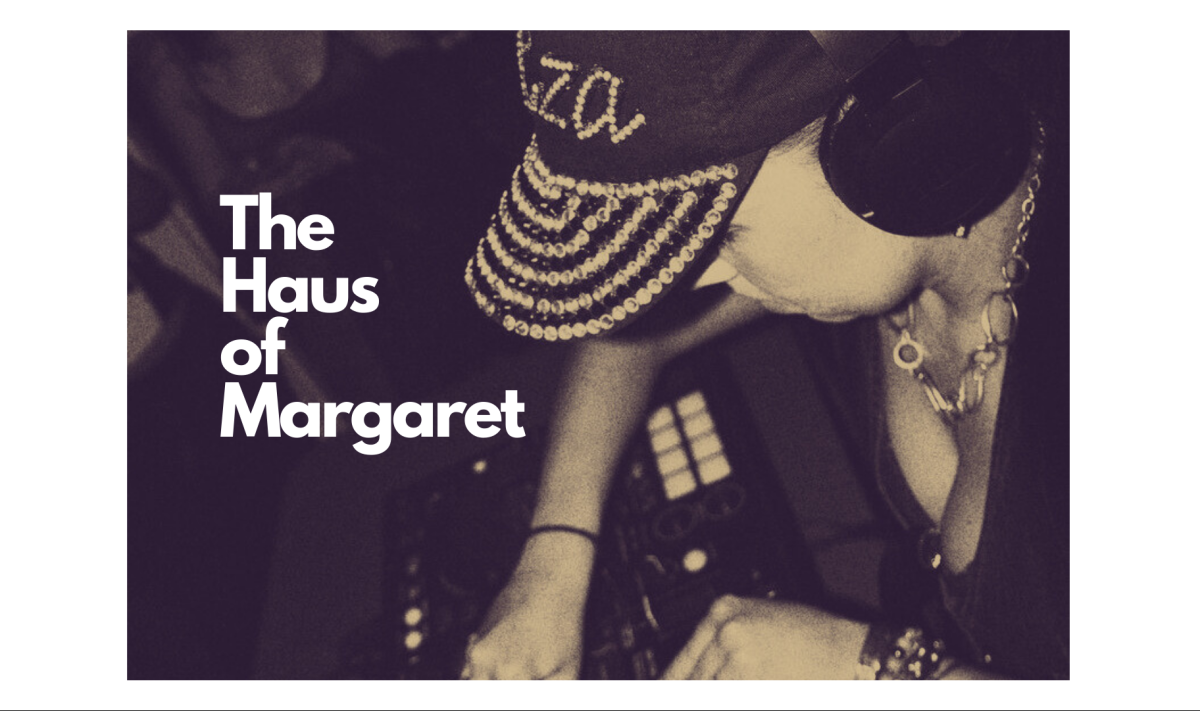
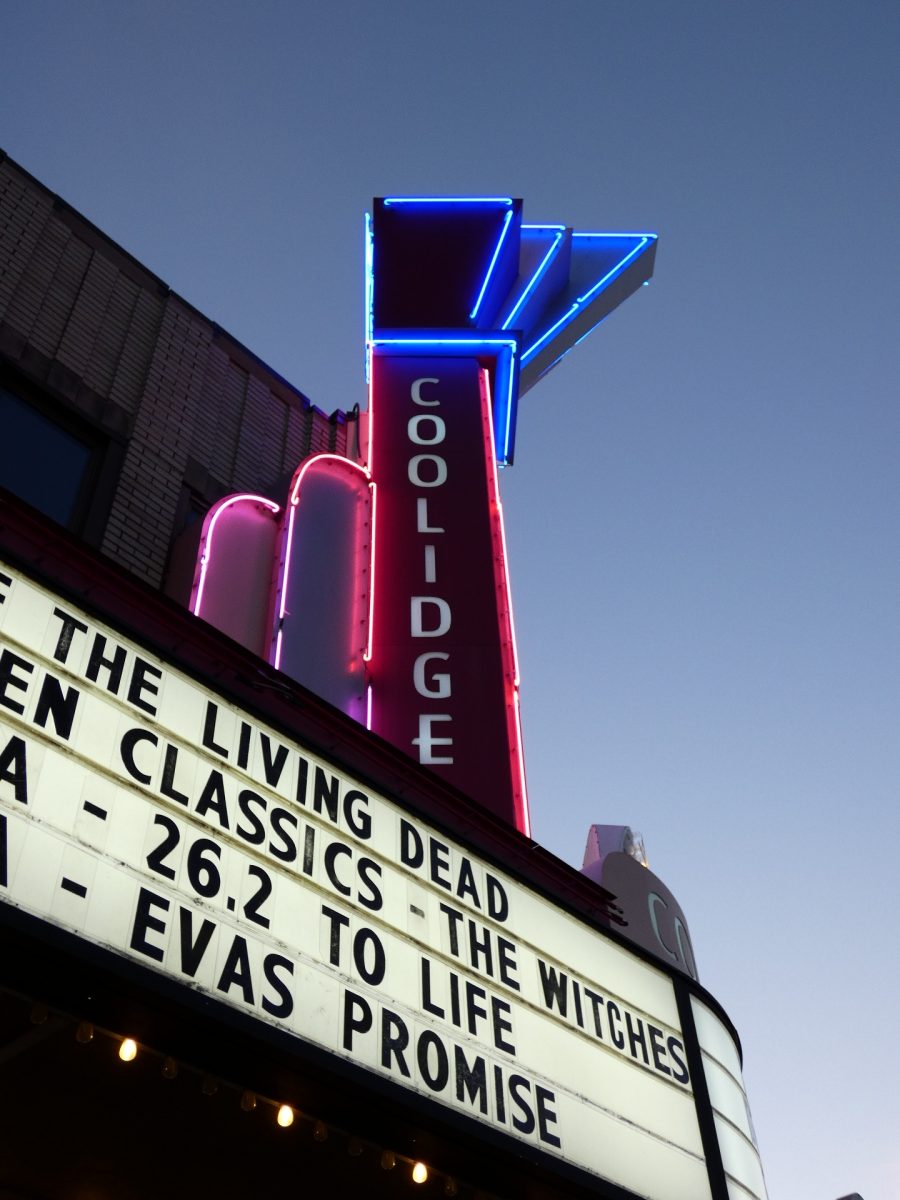

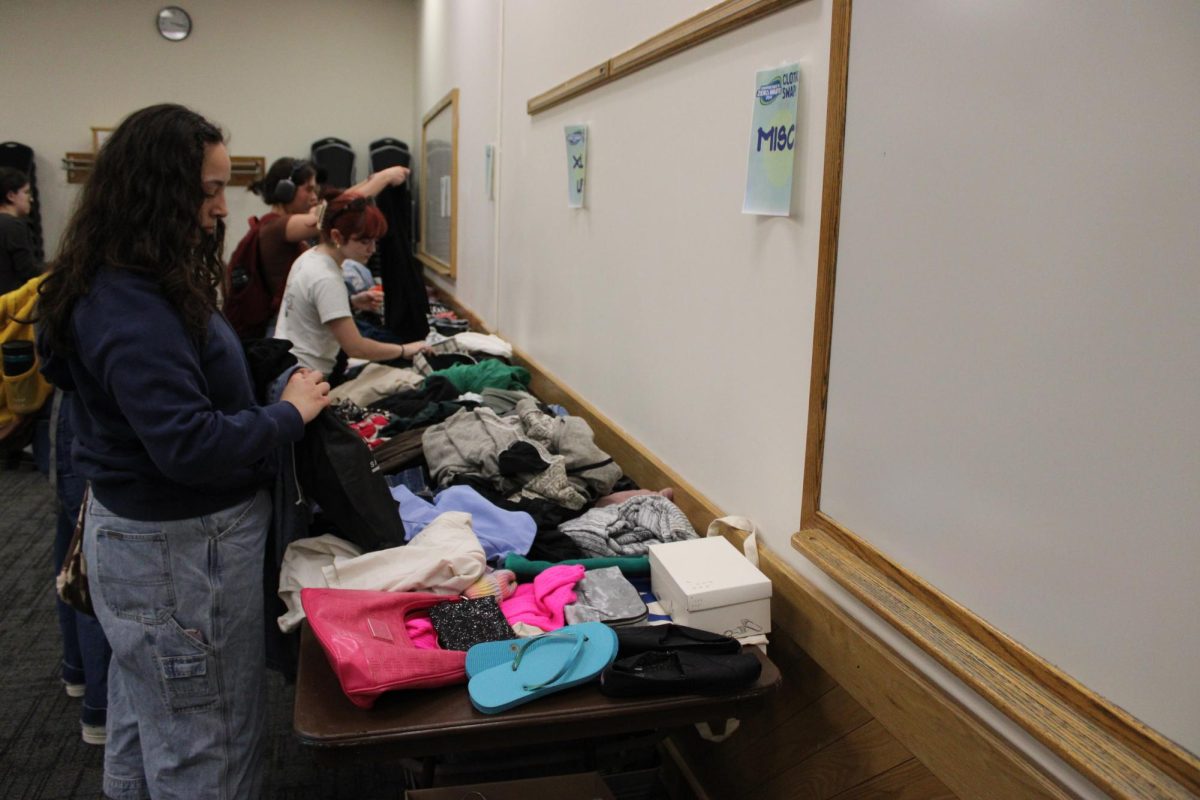
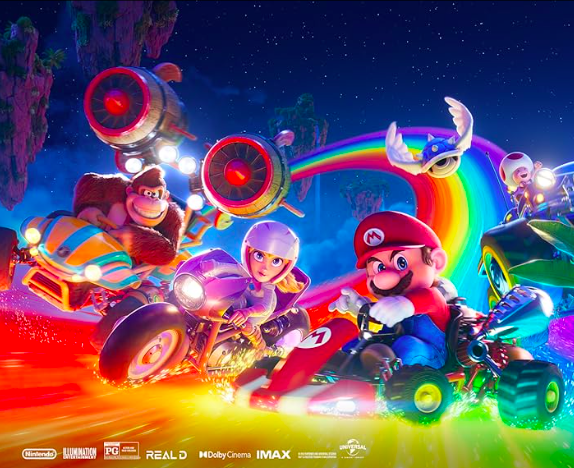
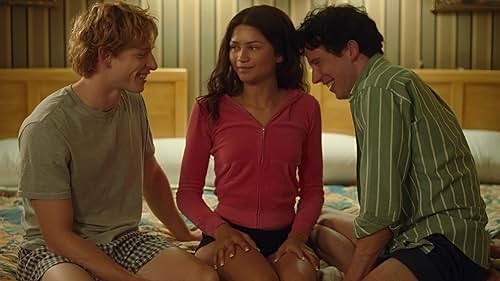
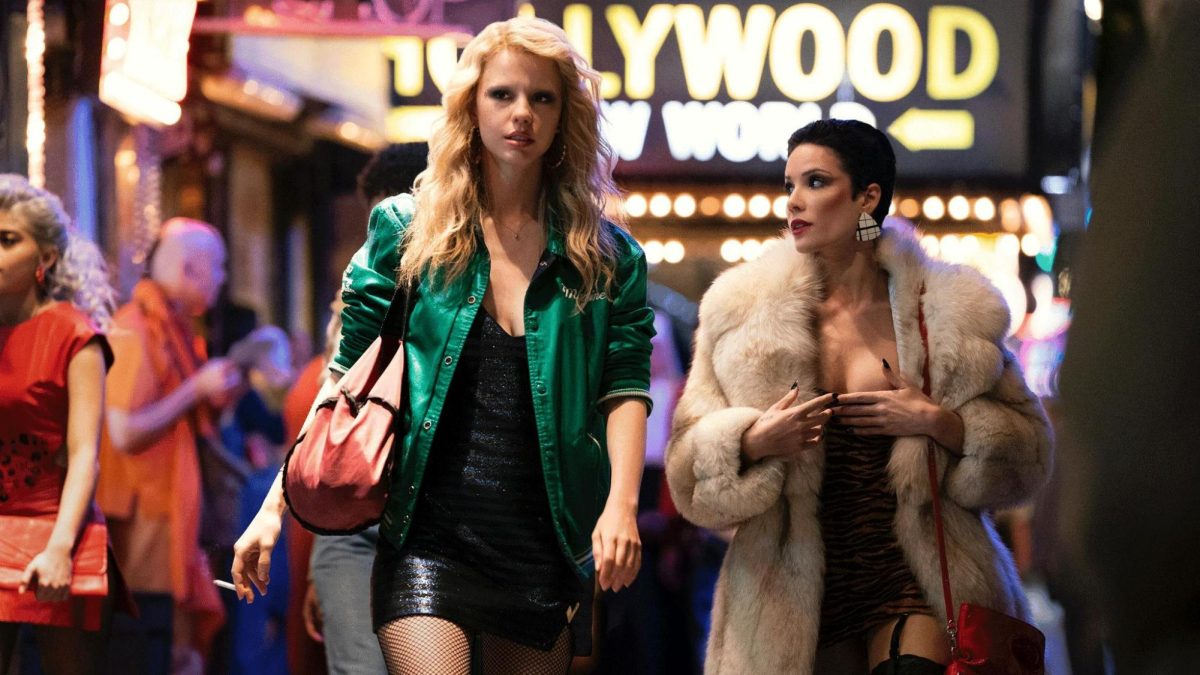
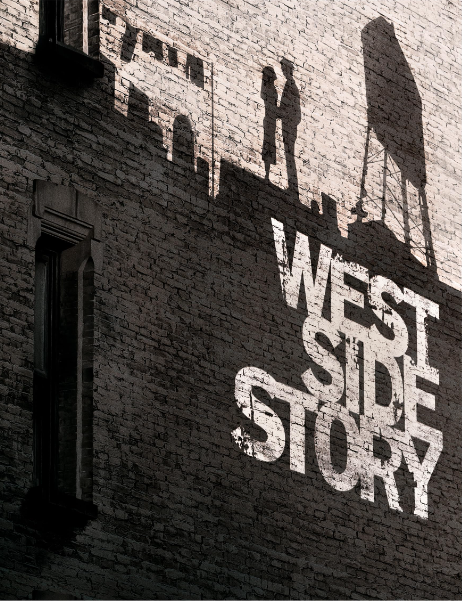
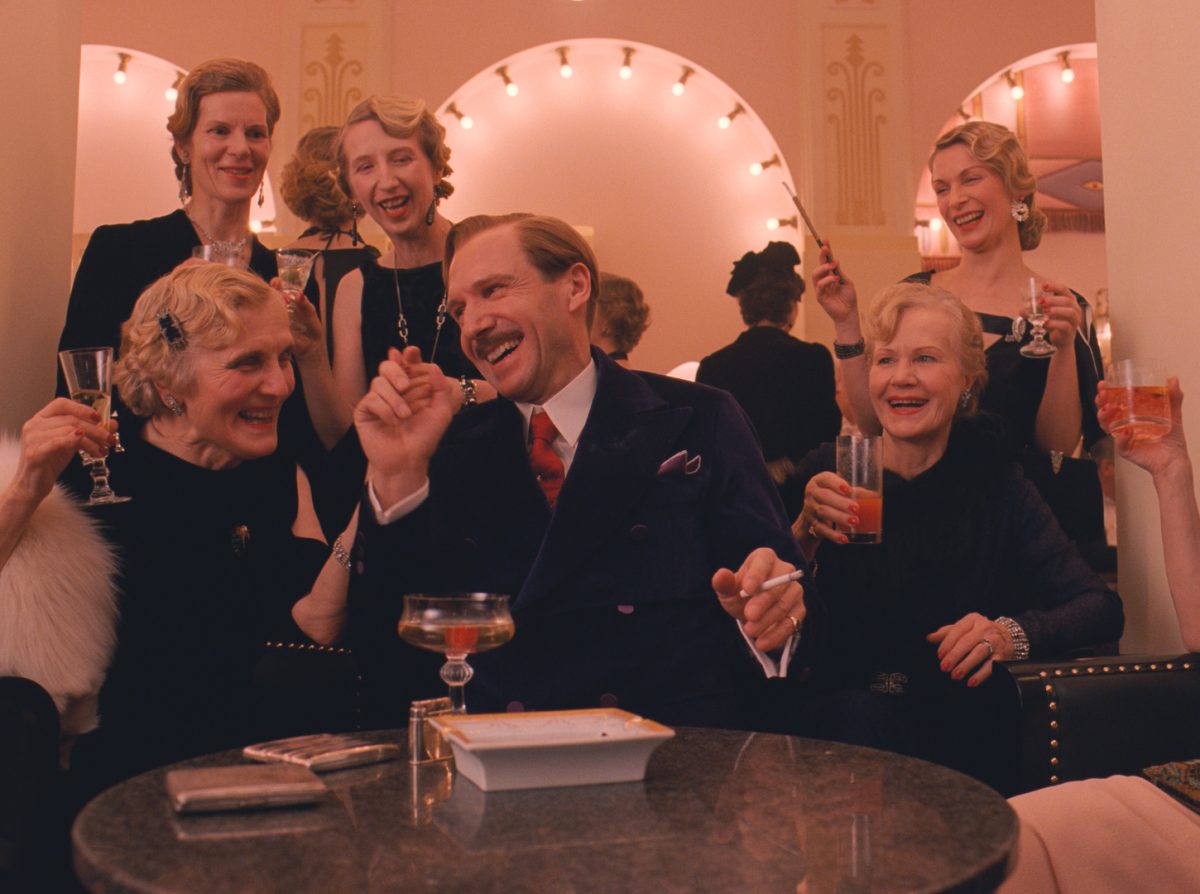
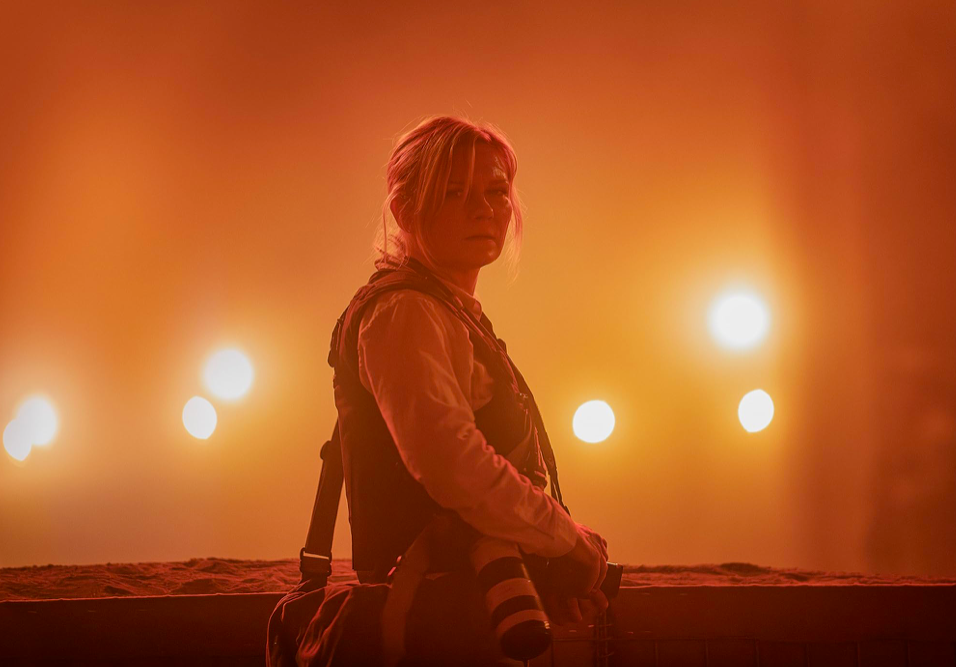
Jonny Smith • Apr 3, 2013 at 5:14 pm
Yes, the film does function as a satirical comment on the whole concept of Sprig Break and the MTV generation that has turned it into such a deplorable and crass event. Yet my enjoyment of the Film stemmed from the cinematography and stylish direction which for me bought my admiration. I certainly don’t ‘feeling energized and ready to take on the “wild” of Spring Break in Florida’ just because I saw an hyperbolic depiction of a ‘typical’ Spring Break, I thought the film portrayed the fanatical beautifully and for me that rose above the narrative and message Korine may have been trying to pass on Spring Break. Style of substance for me, although I see your point and it does ring true, its just that for the basis of the review I focused on the cinematography over the director’s comment.
CraiginKC • Apr 2, 2013 at 5:42 pm
You wrote, ““Spring Breakers” is a triumph in creating the ultra-cool and surreal vacation.”
I’m not sure if “ultra-cool” was what Korine was attempting ot acheive. Quite the opposite, it seems. The film was a indictment of adolescent shallowness that cast literally every potentially “sexy” element of Spring Break within a fog of loneliness,the grotesque, the violent, and the cruel. This film wasn’t meant to be enjoyed. It was meant to turn your stomach. This was its brilliance. Though sadly, it has the potential to serve as a rorschach test as well, for if you left the film feeling energized and ready to take on the “wild” of Spring Break in Florida, you’re the butt of Korine’s joke.